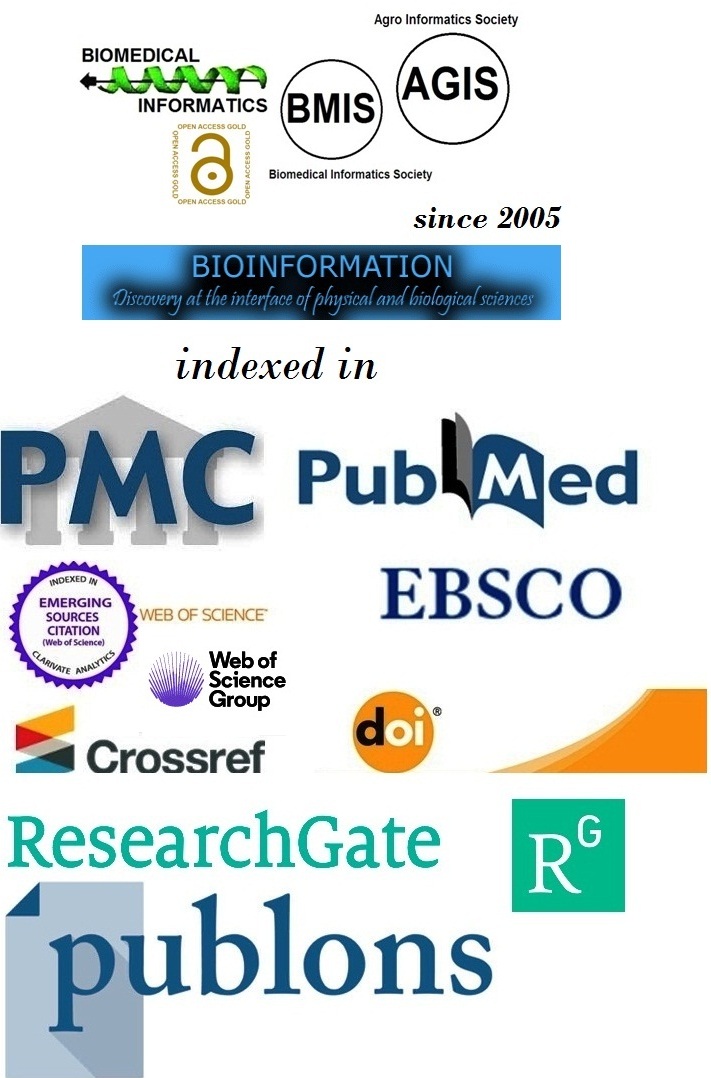Title
A framework for biosafety assessment of microbial strains in Biotechnology applications
Authors
Swati Shrivastava1, Abhishek Sharma1, Nidhi Sharma2 & Alishan Fehmina1,*
Affiliation
1Department of Biochemistry, Government Medical College, Datia, Madhya Pradesh, India; 2Department of Microbiology, Government Medical College, Datia, Madhya Pradesh, India; *Corresponding author
Swati Shrivastava - E-mail: swatishrivastava574@gmail.com
Abhishek Sharma - E-mail: drabhisheksharma1982@gmail.com
Nidhi Sharma - E-mail: drnidz@gmail.com
Alishan Fehmina - E-mail: alishanfehmina786786@gmail.com
Article Type
Research Article
Date
Received May 1, 2025; Revised May 31, 2025; Accepted May 31, 2025, Published May 31, 2025
Abstract
Biosafety refers to the principles and practices that prevent unintentional exposure to biological agents and limit their potential harm to humans and the environment. Therefore, we developed a comprehensive biosafety assessment framework for 40 microbial strains used in biotechnology, evaluating five key parameters: pathogenicity, immunogenicity, environmental persistence, genetic stability, and taxonomy. Principal component analysis showed that 84% of the risk variation was unrelated to taxonomy, emphasizing the need for strain-specific evaluations. Among the strains assessed, 76% of fungi triggered high levels of TNF-α and IL-6 in immune cell assays, and 68% persisted beyond 30 days in simulated environmental conditions. Meanwhile, 71% of gram-negative bacteria carried virulence genes (e.g., hlyA, invA) and exhibited significant cytotoxicity in human cell cultures. These findings support a data-driven, parameter-based approach for advancing biosafety standards in modern biotechnology.
Keywords
Biosafety assessment; microbial strains; biotechnology; risk classification; immunogenicity; environmental persistence; containment levels
Citation
Shrivastava et al. Bioinformation 21(5): 1158-1162 (2025)
Edited by
Vini Mehta
ISSN
0973-2063
Publisher
License
This is an Open Access article which permits unrestricted use, distribution, and reproduction in any medium, provided the original work is properly credited. This is distributed under the terms of the Creative Commons Attribution License.
